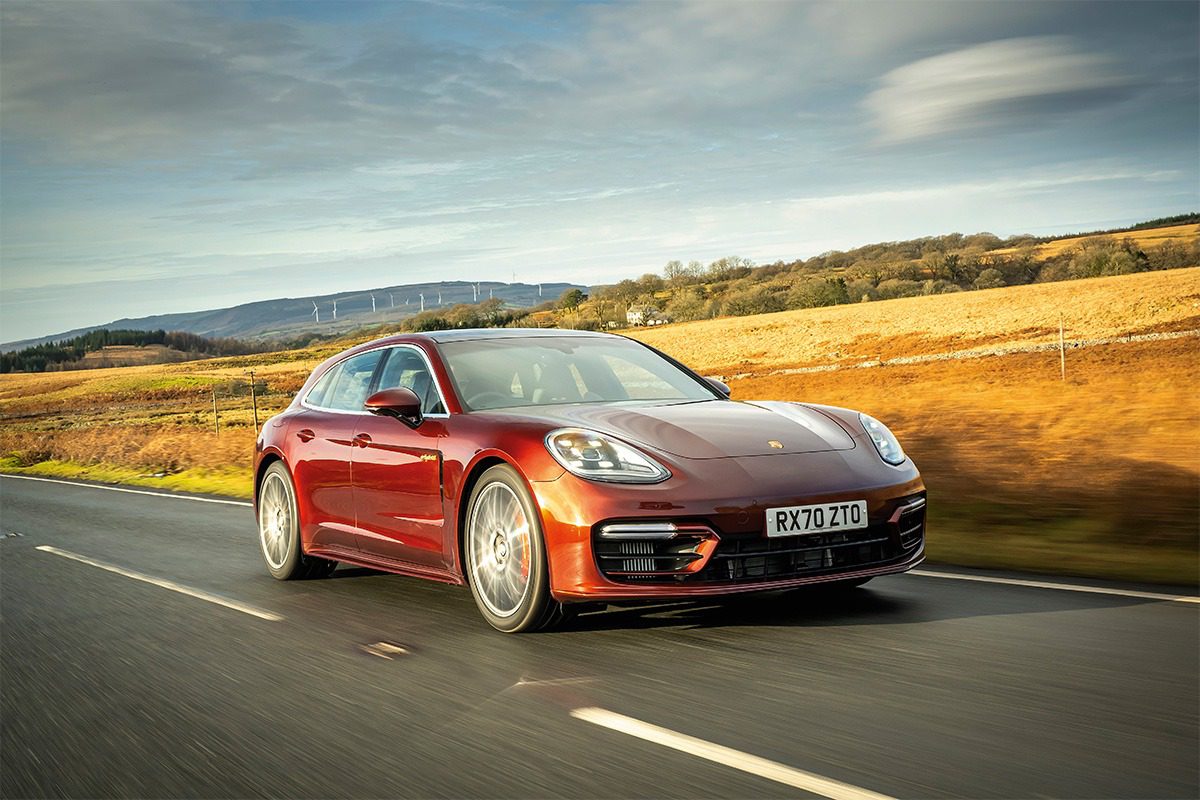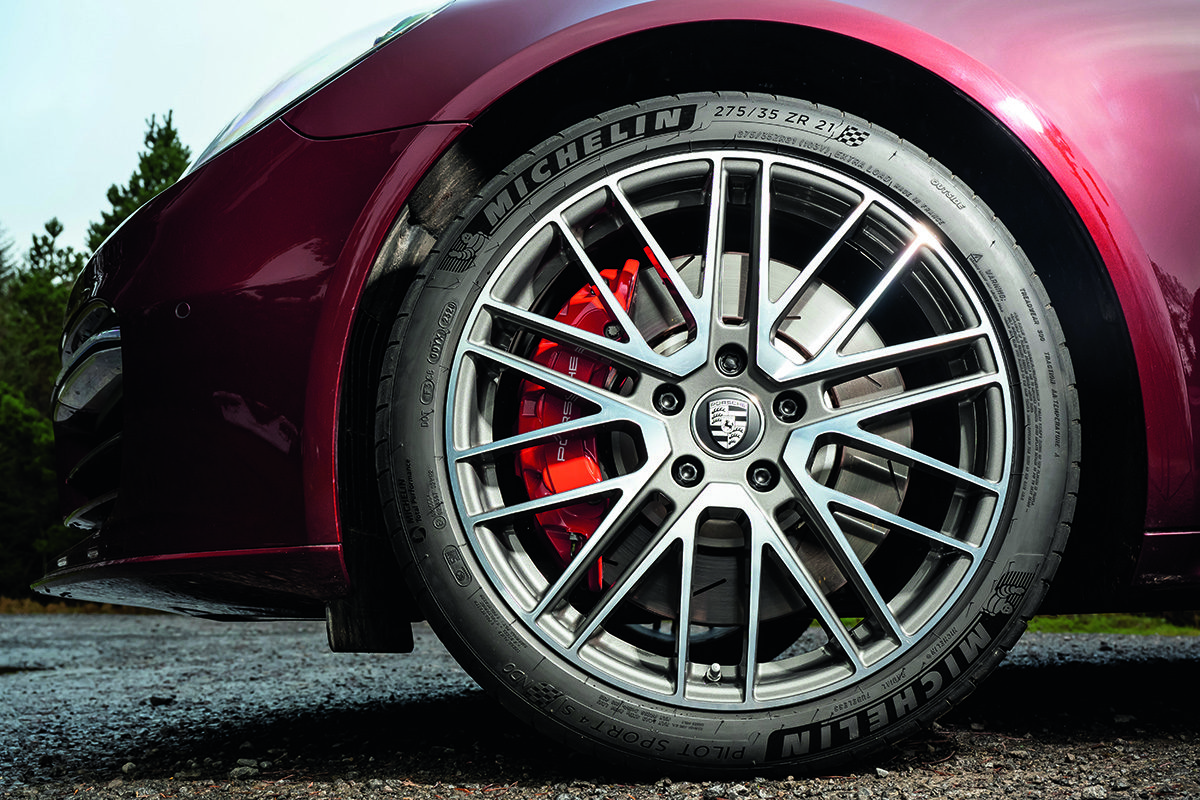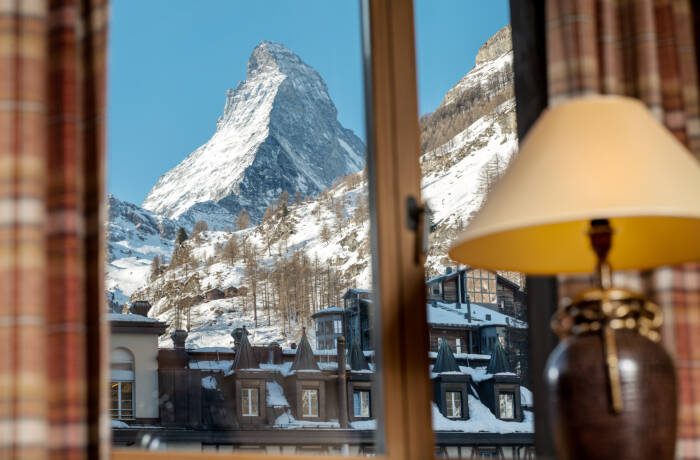
In the third part of our Driving Force series from the AW 2022/23 issue, LUX’s car reviewer gets behind the wheel of the Porsche Panamera 4S E-Hybrid
Mitteleuropa (middle Europe) is a semi-mythical territory that has always fascinated us. It is decisively not the same as central Europe, the web of countries to the east of Switzerland and to the west of Romania. Its German name suggests it incorporates a part of Germany, but it cannot include the brisk North Sea coast or the Hanseatic ports, which belong to the Baltic.
And we felt we were entering Mitteleuropa when a sign on the motorway in eastern France (that’s right, France) declared that we were in Lorraine. The signs on the motorway exit boards changed tone, as did the scenery. The place names became Germanic, and the flat fields of the Champagne region gave way to forested hills and ridges.
Follow LUX on Instagram: luxthemagazine
Here, the Porsche Panamera felt in its element, as it headed back to its homeland. The straight-line motorway that had been a feature of the route to date turned into long, beautifully engineered curves, taken at high speed in this long wheelbase, semi-electric large sports sedan. It was enormously satisfying, with subtle growls from the V8 engine upfront and the steeliness of the car’s sporting suspension making you feel like a pilot more than a chauffeur.
This is the aim of the Panamera: a comfortable, high-performance vehicle intended to be genuinely satisfying for the driver, without the compromises of a high-sided SUV.

As we drove past one mini mountain, the clouds burst open in a Götterdämmerung of rain, which rapidly flooded the road. The four-wheel drive of the Panamera felt as if it was vacuuming up the water and spitting it out the back, wanting to go still faster, as if on a wet race track, when it would have been irresponsible to do so.
We spent the night in Phalsbourg, eating at a French restaurant on a terrace on its wide central square while being served beer brewed in the Black Forest, in neighbouring Germany, by staff who spoke French and German, as if the two territories were one.
Between Phalsbourg and the Black Forest lie the Vosges mountains. The roads here were narrow, tight, still damp and the car clung to them through the gears, the electric and petrol engines working in unison to propel us forward. The Panamera is not a sports car by any traditional definition, it is too wide, too heavy. But if you are used to driving a fast SUV and hanker after something less lumbering while still having a lot of space, this is for you.
Read more: Driving Force: Audi R8 V10 Spyder
In the Black Forest, the autobahn between Stuttgart and Lake Constance has no speed limit in many places, and its trail snakes through the mountains. At normal speed, the curves are gentle, barely noticeable, and you have the ability to admire villages pinned into the surrounding woods. But when you go much faster, on an empty road, each corner feels like a racetrack, and the car on its limit is muscular, secure, reassuring but sharp, made to maximise its capabilities on these roads not so far from its birth town of Stuttgart. At 160mph (257km/h), there is no time to admire the scenery.
We finished the day with a glass of the same beer offered to us hundreds of miles away in Phalsbourg, while sitting in a little café on Lake Constance: Switzerland, a series of green bumps across the lake in front of us; Austria, a couple of grey spikes in the distance to the left. Middle Europe, and the ideal car from which to enjoy it.
LUX Rating: 18/20
Find out more: porsche.com
This article first appeared in the Autumn/Winter 2022/23 issue of LUX








